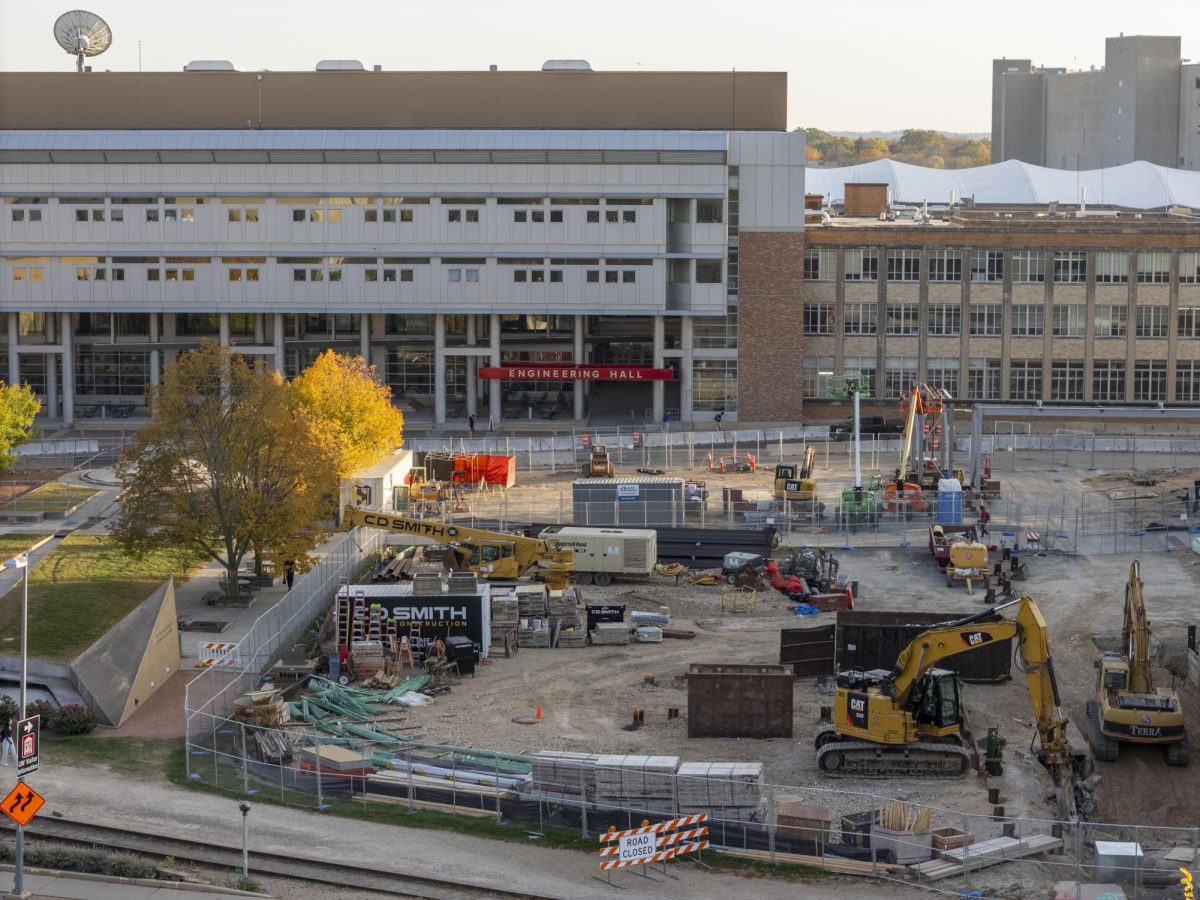A record nearly 40 percent of 18- to 24-year-olds are enrolled in college, a result that may be partially due to an increase in community college students, according to the 2008 Census Population Survey released Friday.
The CPS is conducted monthly and surveys roughly 60,000 households and around 150,000 persons. The October CPS included questions about college enrollment and was used to find changes over time.
While geographical information, including where the large increases are occurring across the nation, cannot be found using the CPS, the survey provides information on how the quantity of students enrolled has changed over time.
“The household survey gives a snapshot of those enrolled and those not enrolled — this rate is meaningful because we would expect the absolute number to hit an all-time high due to population increase, but the rate doesn’t have to increase, and I find that to be more informative,” senior researcher at the Pew Research Center Richard Fry said.
Fry originally conducted the survey after hearing of high enrollment at community colleges and wanted to see if the trend occurred nationwide. While Fry believes the high number of students enrolled in colleges is beneficial, he expressed concern that students receiving associate degrees may not be receiving a large payoff.
“There have been a lot of studies about when college effort pays off, and in higher education the big payoff is from getting bachelor’s degrees,” Fry said. “There is evidence that there is some payoff from associate’s degrees; you do get a small gain.”
Fry also hypothesized the increase in enrollment may be due to the poor labor market, forcing many students to return to school to receive a degree and find a job. While the recession has caused an increase in students returning to school, it may not be what the students desire, Fry said.
“For students who know they don’t want to be in college and want to move forward by going to work, they are being forced because of this economy to enroll in community colleges,” Fry said. “We don’t have any sense from this data of who these extra youth enrolled are and would they rather be getting skills some other way.”
University of Wisconsin colleges saw a record enrollment this year of more than 13,800 students across 13 campuses. UW colleges and UW-Extension spokesperson Howard Cosgrove believes the increase to be due to the low tuition and accessibility of hybrid classes.
“We are seeing a fairly steady increase in hybrid classes where you can meet a few times in classrooms but most of the work happens online, so you can do it at your own speed, so it serves a more non-traditional group,” Cosgrove said.
The tuition at UW colleges has been frozen for the past three years, holding steady at $4,268 per year. To compensate for this, tuition at four-year institutions has increased in the past few years.
While this freeze in tuition has not caused a loss in revenue for the colleges, the tuition is expected to increase in the next year, said Vice Chancellor for Administrative and Financial Services Steve Wildeck at UW-Extension.
“For a while UW college’s tuition far exceeded the tuition for grants and programs, so there was a disparity there and tuition was frozen to bring this more in line with tech schools,” Wildeck said. “I expect UW colleges to increase modestly, starting next fall.”







